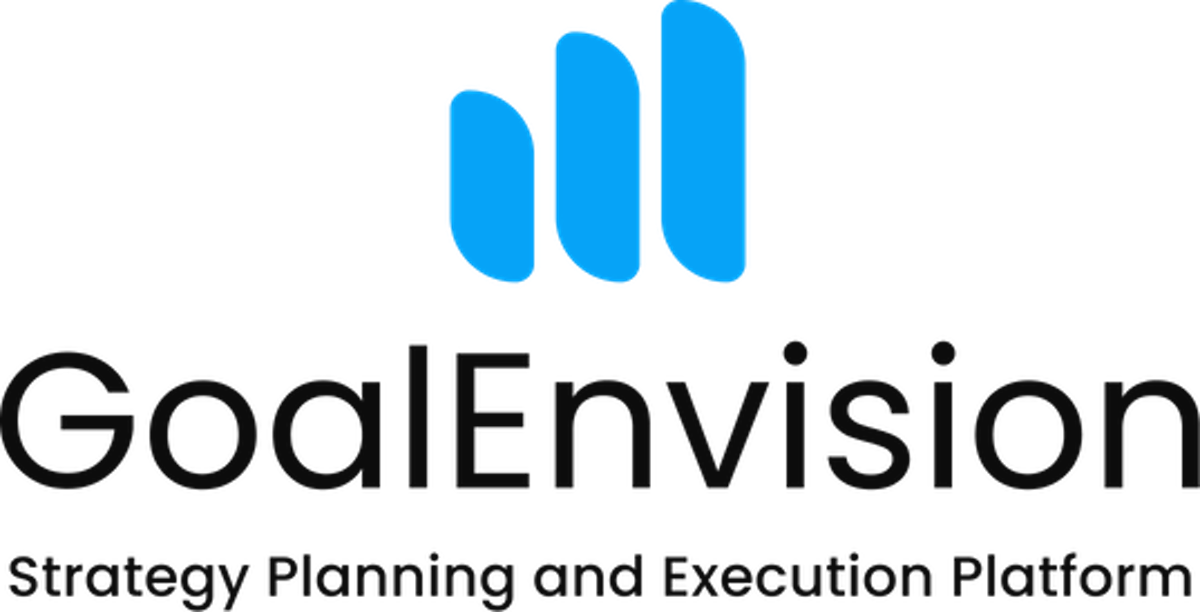Formulating realistic and measurable goals (SMART goals)
Share this article
Setting goals is a central part of business planning, and it is crucial that these goals are realistic and measurable. SMART goals are an effective framework to help you formulate goals that are specific, measurable, achievable, relevant and time-bound. In this chapter we will explore how you can set SMART goals to drive your plan forward.
What are SMART goals?
SMART is an acronym that stands for:
Specific: Goals should be clear and concrete. Avoid vagueness and ambiguity. Answer the questions "What do we want to achieve?" and "Why is it important?"
Measurable: Goals must be measurable so that you can assess progress. Define how you will measure success and what key figures or indicators you will use.
Accepted: Goals should be realistic and achievable. They should be accepted by those responsible for achieving them.
Relevant: Goals should be relevant to your purpose and strategy. They should support the overall vision and not be divergent.
Time-bound: Goals must have a clear timeframe. Define when the goal should be achieved, which creates a sense of responsibility and pressure to follow the plan.
Read more about the developed SMARTER model in GoalEnvision...
Steps to Formulate SMART objectives
- Clarify purpose and vision: Before you start formulating SMART objectives, make sure you have a clear understanding of your company's overall purpose and vision. Your objectives should be in line with these.
- Specify your goal: Formulate the goal as specifically as possible. Use detailed and concrete language to avoid misunderstandings.
- Measurable criteria: Identify the measurable criteria that you will use to assess the success of the goal. What will you measure and how will you do it?
- Realistic Assessment: Assess whether the goal is realistic and achievable with the available resources and timeframe. If it is too ambitious, consider adjusting it.
- Relevance to Strategy: Check if the goal is relevant and linked to your strategy. Make sure it supports your overall business objectives.
- Time limit: Set a clear timeframe for when the goal should be achieved. This gives a sense of urgency and responsibility.
Example of SMART goals
Let's take an example in project management to illustrate SMART objectives:
Strategic goal: Improve customer satisfaction.
SMART objective: Increase customer satisfaction to 85% by reducing response time to customer support requests from 24 hours to 12 hours within the next 6 months.
In this example, the goal is clear, measurable, achievable, relevant and time-bound. It provides a clear direction for improving customer satisfaction.
Conclusion
Formulating SMART goals is a critical part of planning. By making your goals specific, measurable, achievable, relevant and time-bound, you give yourself and your team a clear direction and the ability to measure progress. In the next chapter, we will explore how you can develop strategies to achieve your SMART goals.
Download our guide to SMART Goal Formulation...
Share this article
Did you like this article? Here is more...
Latest





